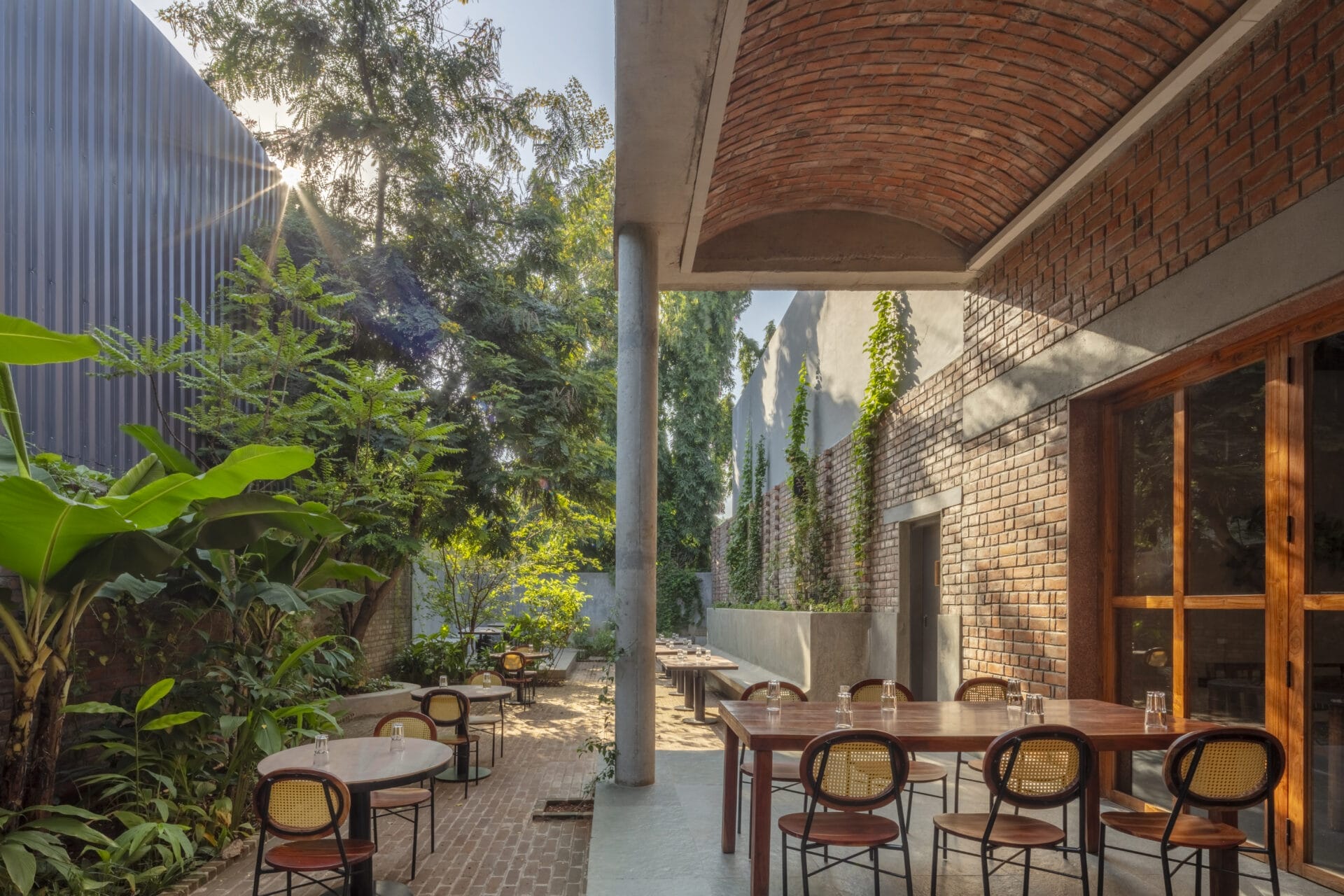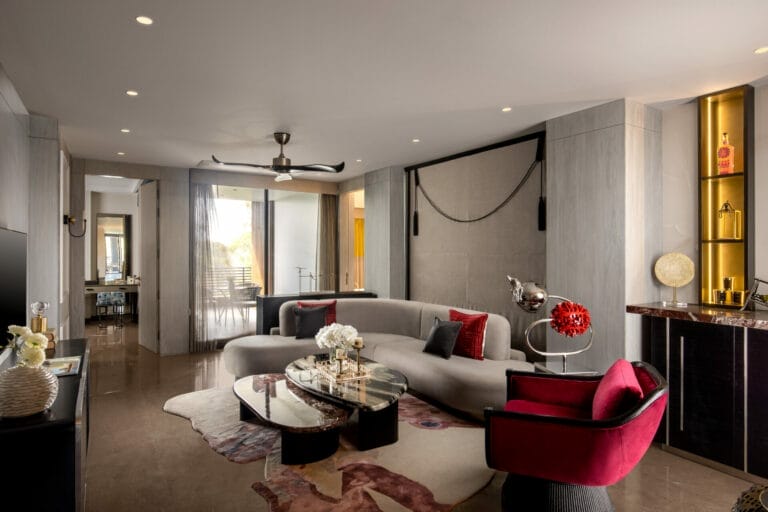The Burj Khalifa is an engineering feat. At 2,717 feet tall, it towers over the city of Dubai and is currently the tallest building in the world a title it has held since 2009.The design of the 162-story tower merges local cultural influences with technological advances to achieve high performance in a harsh desert climate.
When the world’s tallest building was designed to be built, it needed to survive in an extreme desert climate. That meant that high performance was key. The designers knew they needed to combine cutting-edge technology with local cultural influences, and they did just that.

The building is 828 meters tall, which makes it the tallest man-made structure in the world. Its design combines cultural influences with modern technology to achieve high performance in an extreme desert climate.
At the center of the mixed-use development, this skyscraper contains offices, retail space, residential units, and a Giorgio Armani hotel. A Y-shaped floor plan optimizes views of the Arabian Gulf. The skyscraper is surrounded by green space, water features and pedestrian-friendly boulevards at ground level.

The tower, whose overall design was inspired by the geometries of a regional desert flower and the patterning systems embodied in Islamic architecture, is composed of sculpted volumes arranged around a central buttressed core. The tower rises from a flat base, setbacks reducing its mass as it reaches skyward. The pinnacle is formed when the central core emerges and forms a spire.

The Burj Khalifa is a skyscraper that incorporates new structural and construction efficiencies, allowing for a reduction in the amount of material and waste. These include a “sky-sourced” ventilation system, in which cool, less humid air is drawn in through the top of the building. The tower also has one of the largest condensate recovery systems.
Structural System:
The two major components of the superstructure of the Burj Khalifa Tower are the lateral load resisting system and the floor framing system. Both are described in detail below.
Lateral Load Resisting System:
The lateral load resisting system of the tower consists of ductile core walls made up of high-performance reinforced concrete. These walls are connected to a series of reinforced concrete shear wall panels that run from the ground floor to the top floor.
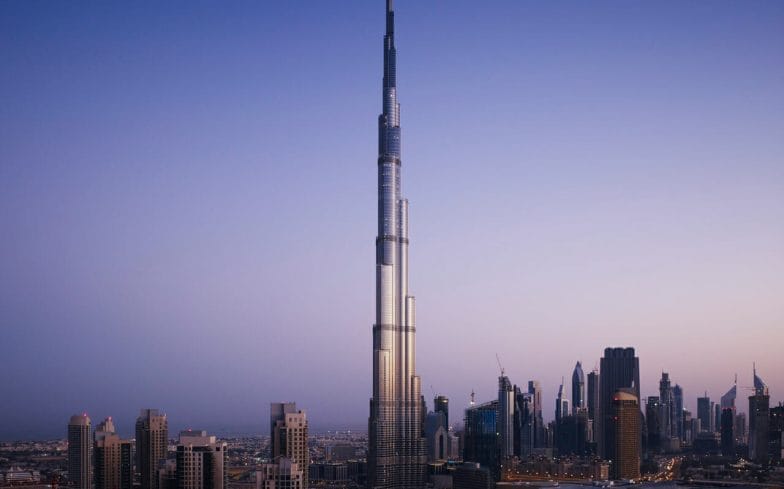
The core wall varies in thickness from about 1300 mm to 500mm and is composed of reinforced concrete. To connect the core walls, composite beams of reinforced concrete were used. These composite beams were 800 millimeters to 1,100 millimeters thick and varied in width to match the width of the adjacent core wall at some locations but were constructed as steel beams at other locations due to a limitation on depth. At the top of the core wall a very tall spire was provided to make it the world’s tallest tower in all categories.
Floor Framing System:
The concrete slab used in the hotel and residential areas were two-way reinforced concrete slabs with a thickness of 200–300 mm. There was a minimum of a 9 m gap between the interior core wall and exterior columns. At the tip of the tower, 225–250 mm thick two-way reinforced concrete flat slabs were provided. Within the interior core, flat slabs with beams were used to provide additional lateral resistance.
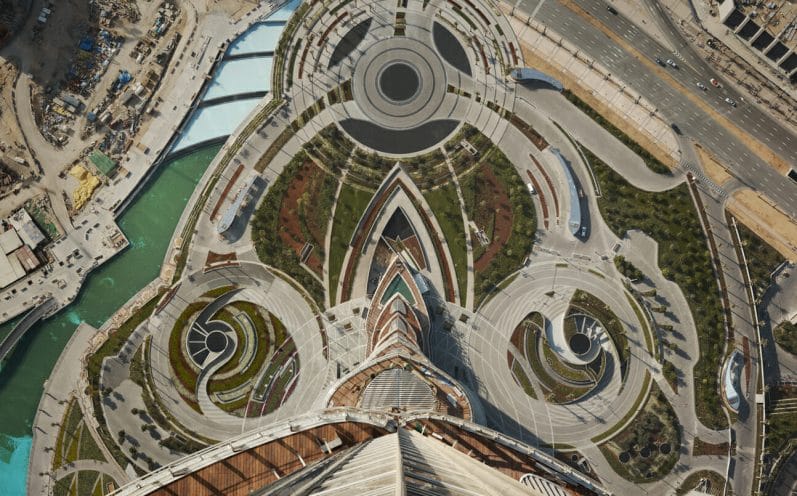
More Interesting Facts About Burj Khalifa
Although the building’s shape resembles the bundled tube concept of the Willis Tower, its structural design is unique. The tower rises from a man-made lake that provides dramatic views of its silhouette. The elevators have the world’s longest travel distance from lowest to highest stop.
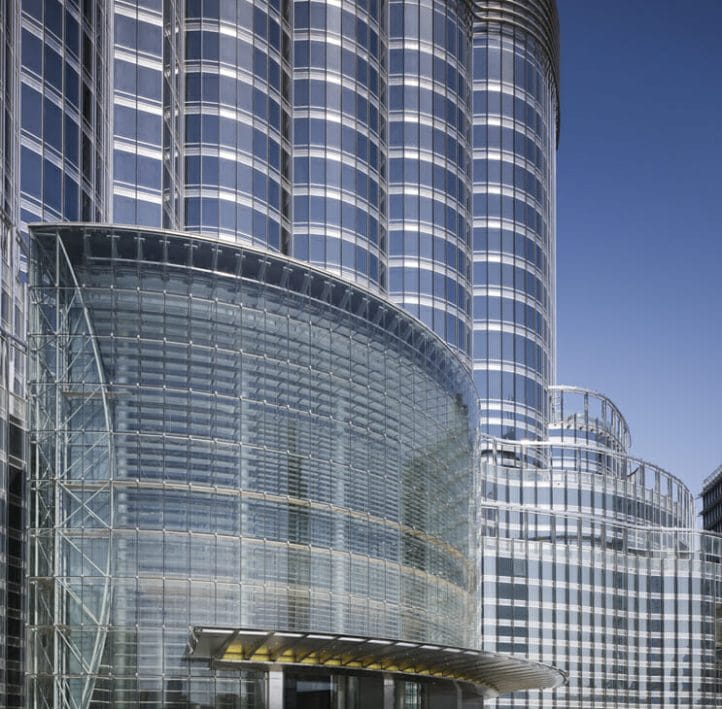
A large quantity of hot air produced by the data center’s computers is used to cool the building. The resulting condensation is collected, and used for watering the buildings’ vegetation. The facility uses 20 Olympic-sized swimming pools’ worth of water per year.
The tower requires approximately 10,000 tons of air conditioning per hour at its peak cooling times.
The tower’s observation deck is located 442 meters above the ground, making it the highest public observation deck in the world.
The Burj Dubai contains 200 metres of dancing fountains at its base.
Photo credits: Arch daily

Which construction company built the burj khalifa?
Burj khalifa is built by Samsung C&T in a joint venture with BESIX from Belgium and Arabtec from the UAE.





